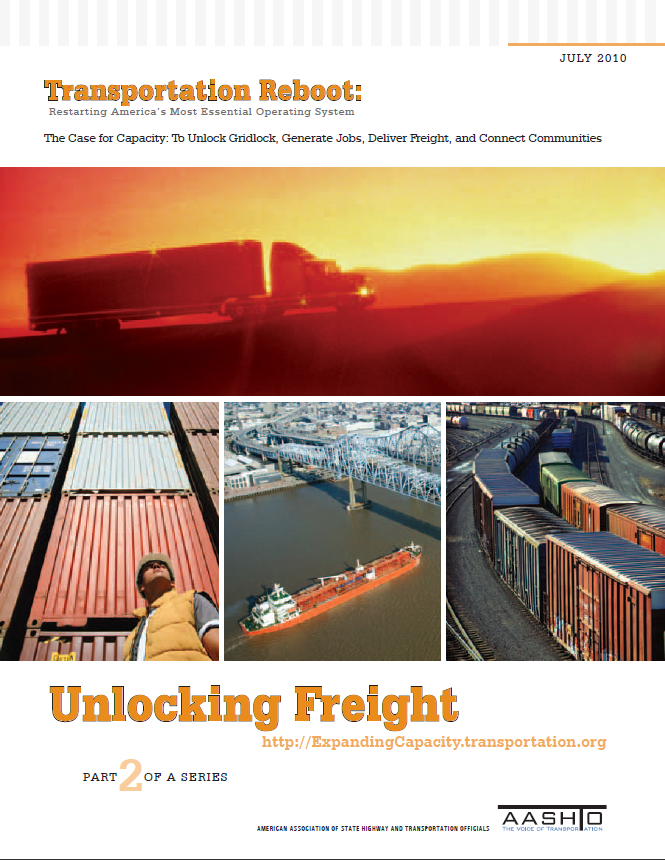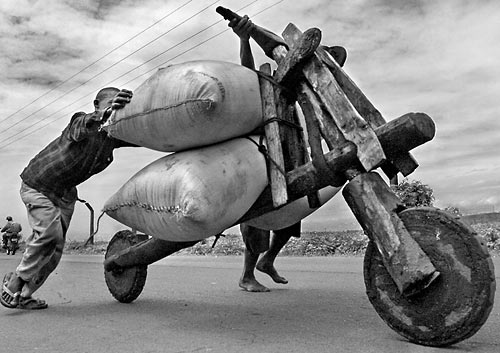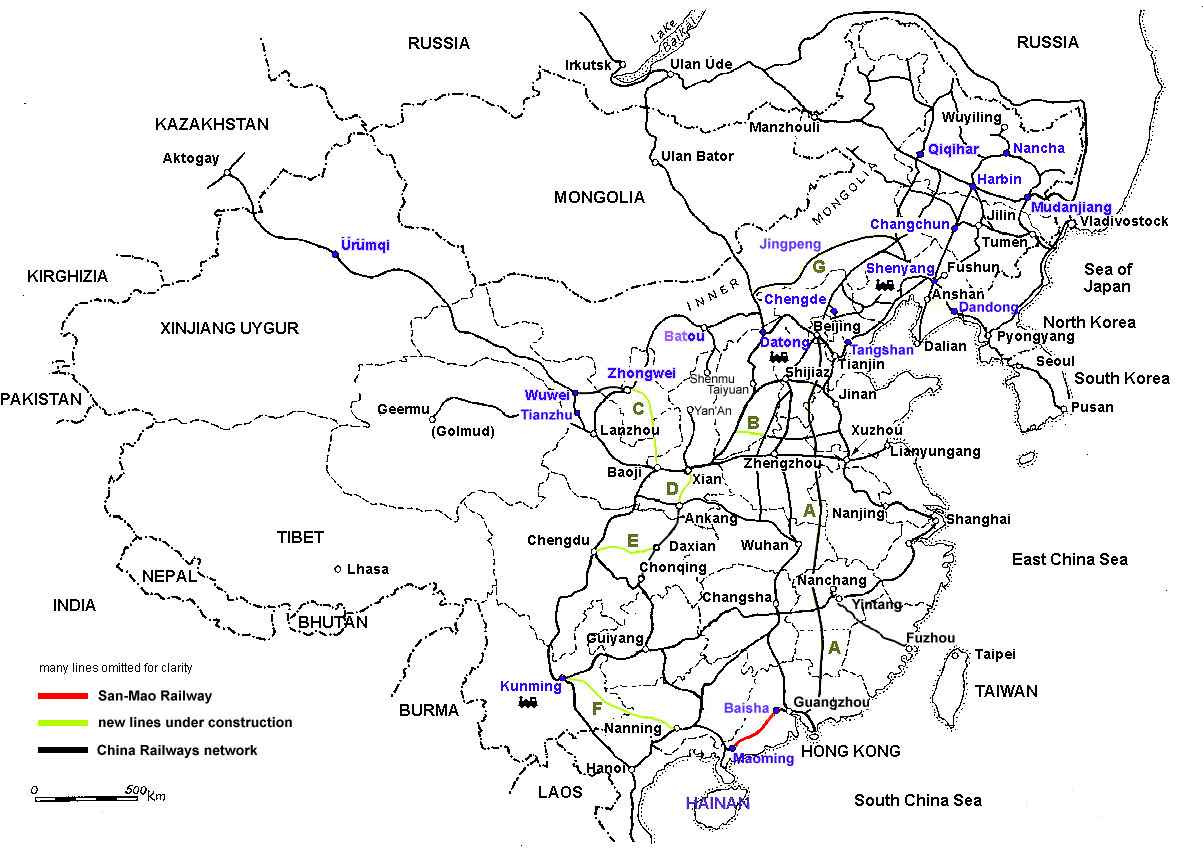Job Alert: Legislative Director for National Transportation Reform Campaign (T4America) – @ Washington, DC
 The Transportation for America (T4America) Campaign is looking for an experienced, highly skilled individual with knowledge and interest in federal transportation policy and the federal legislative process to help develop and implement the Campaign’s government relations strategy.The T4America Campaign is a national advocacy campaign working to ensure that the next generation of transportation investments helps to make our country more competitive globally; improves mobility options for people of all ages, incomes and geographic areas; maintains our existing transportation assets in good and safe working order; and helps our nation reduce its carbon footprint.The campaign represents a broad coalition of housing, aging, environment, community development, business, planning, urban design and transportation interests. The Legislative Director works with the Campaign’s Director and other members of the Campaign’s leadership, and supervises other members of the Legislative Team.
The Transportation for America (T4America) Campaign is looking for an experienced, highly skilled individual with knowledge and interest in federal transportation policy and the federal legislative process to help develop and implement the Campaign’s government relations strategy.The T4America Campaign is a national advocacy campaign working to ensure that the next generation of transportation investments helps to make our country more competitive globally; improves mobility options for people of all ages, incomes and geographic areas; maintains our existing transportation assets in good and safe working order; and helps our nation reduce its carbon footprint.The campaign represents a broad coalition of housing, aging, environment, community development, business, planning, urban design and transportation interests. The Legislative Director works with the Campaign’s Director and other members of the Campaign’s leadership, and supervises other members of the Legislative Team.
- The Legislative Director must possess detailed knowledge of Capitol Hill, the relevant committees, and the legislative process. This position develops and directs the legislative strategy for the Campaign, including building strong relationships with Congressional leaders and their staff members.
- The Legislative Director will develop the Campaign’s Legislative work plan which would include such elements as an assessment of federal policy makers on relevant committees, or key districts, draft legislation, research on relevant previous bills or amendments, and Congressional briefings and outreach strategies.
- The Legislative Director will also provide assistance, as needed, to the Field and Outreach team in strategies to engage and coordinate state and local partners. While this team’s priority will be the federal transportation authorization bill, it will also engage with related bills such as those addressing climate change, energy, and appropriations.
Minimum of 5 years experience on Capitol Hill, with a government relations firm or non-profit engaged in government relations work is required, with legislative program management experience strongly preferred. An advanced degree ishelpful, as is experience with transportation policy. Also strongly preferred is experience working in a campaign environment. The applicant should possess excellent communications and research skills. Knowledge of the legislativeprocess is essential, as well as the ability to think strategically and in a bipartisan manner.The position is full-time and available starting August 2010. Salary is commensurate with experience, and includes benefits. Please send a cover letter and resume to Lea Schuster, Deputy Director at lea.schuster@t4america.org. In the subject line write T4America Legislative Director Position. For more information about us please visit our website www.t4america.org.












![Reblog this post [with Zemanta]](http://img.zemanta.com/reblog_e.png?x-id=d7edef6e-81c2-4fcc-96a8-0d8542d17675)


